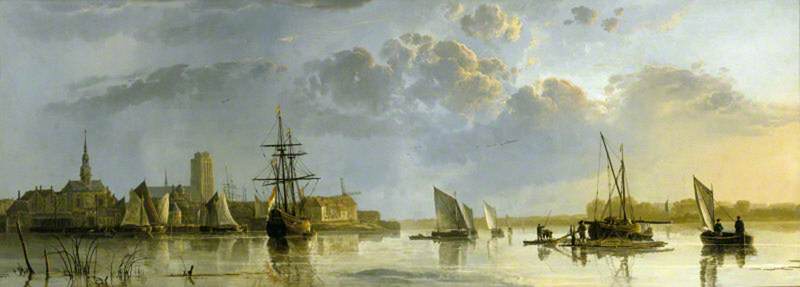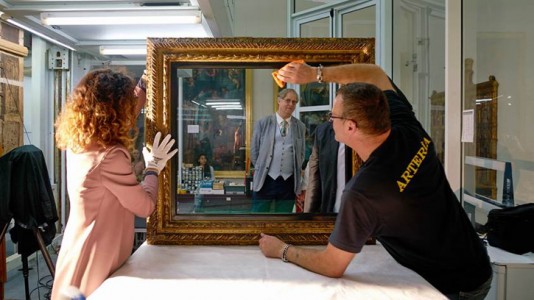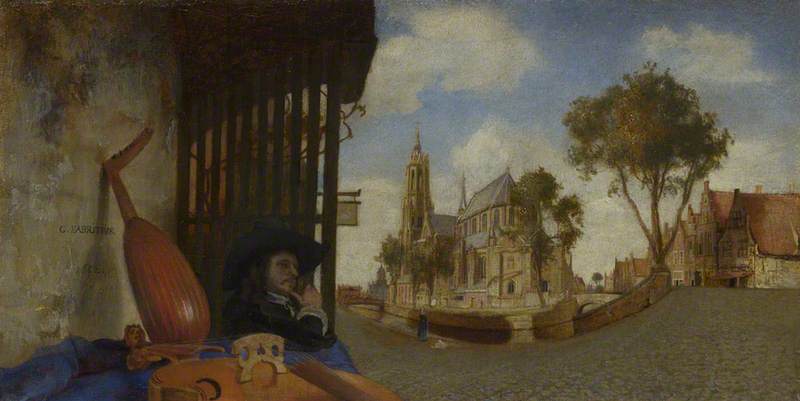The Mauritshuis has one of the most important collections of Dutch Golden Age paintings in the world. Masterpieces such as the Girl with a Pearl Earring by Johannes Vermeer and The Anatomy Lesson of Dr Nicolaes Tulp by Rembrandt hang alongside some of the most evocative still lifes, portraits and landscape paintings of the period, all in a spectacular seventeenth-century building that has a rich atmosphere and an intimate scale. The Mauritshuis does not have, or aim to acquire, an encyclopaedic collection; rather we present works that are outstanding in every way and that suit the domestic interior. Even so, there are a few gaps that we have been seeking to fill for many years, the most obvious being a large landscape by Aelbert Cuyp. One of the Netherlands' greatest artists, Cuyp combined close and accurate observations of his native land with a distinctive sensitivity to light and colour. He often infused recognisable Dutch scenes with a warm glow of light that would seem more at home in Southern Europe. The Mauritshuis lacks an outstanding example of his work.
If I could choose one painting by Cuyp that would best suit the Mauritshuis, it would be the sublime Dordrecht from the North (National Trust, Ascott). Cuyp depicted the city of Dordrecht from the north east at the junction of several of the city's major waterways. The still waters are dotted with boats, which range from a small cargo vessels and ferries to an imposing merchant ship with three masts. Cuyp even included wooden rafts, made from timber felled in Westphalia and Bavaria that had floated down the Rhine. In a sense, this painting is as much a waterscape as a cityscape. But he depicted Dordrecht so accurately that we can identify each building. We can even tell that this view must have post-dated 1647, when old walls and turrets had been removed. Although Cuyp executed a work with great accuracy and attention to detail, what is most remarkable is the spectacular golden light of the afternoon sun. Unusually for Cuyp, the sunlight streams in from the right. The reflections on the water and the buildings are handled with extraordinary skill and sensitivity. Above all, the light lends the scene a serenity and grace that evokes Venice on a lazy summer day.
Cuyp depicted the city of Dordrecht frequently – particularly this view of the city – but this picture is distinct for its oblong format. Some scholars believe it might have been cut along the top (indeed, the painting was once separated into two halves and subsequently put back together), but the panoramic proportions make this painting so appealing to me. If it were possible to hang this work in the Mauritshuis, I know exactly where it would be most at home: in the large room alongside Paulus Potter, Jacob van Ruisdael, Jan van de Cappelle, and the other major Dutch landscape painters. This would be a dream come true.
Dr Emilie Gordenker, Director of the Royal Picture Gallery Mauritshuis












